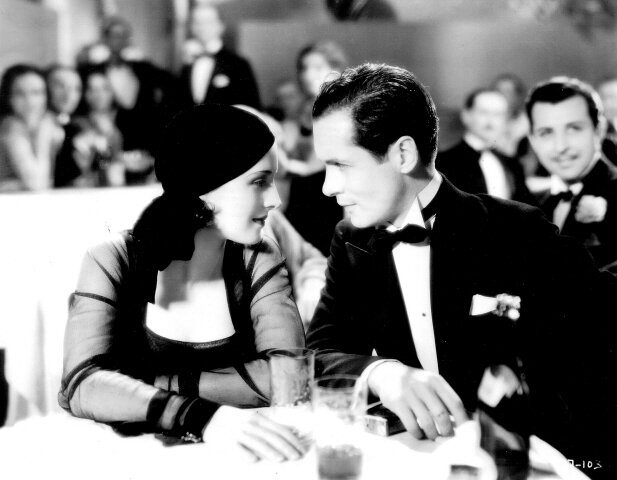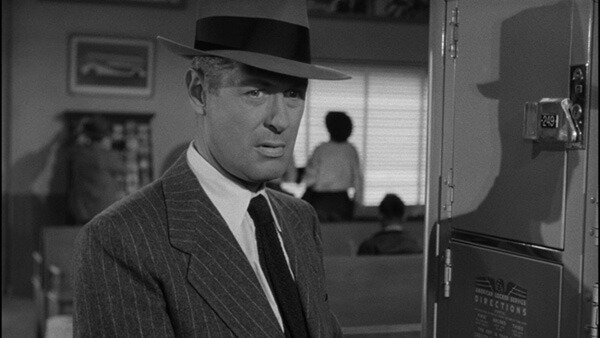There seems to be little that Robert Montgomery couldn’t do. From stage to screen, behind the camera and in front of it, delivering quick one-liners or dark dramatic performances, Montgomery’s rise to stardom was one of breakneck speed.
Born into a wealthy family, his privileged childhood was cut short with the death of his father. The younger Montgomery found himself working physical labor at rail yards and industrial operations.
He escaped to New York City and was soon on the Broadway stage, where he was spotted by director George Cukor. His popularity followed him to Hollywood and he was paired onscreen with Myrna Loy, Norma Shearer, Greta Garbo, and Joan Crawford.
In 1930, Shearer won the Best Acting Oscar for The Divorcee starring opposite Robert Montgomery. The pre-Code film follows a vengeful wife whose husband has cheated on her. Montgomery plays one of the men hopelessly in love with the bubbly, carefree Shearer, bent on getting her own back.
On film, Montgomery comes across as relaxed, confident, and sometimes even flippant. This brisk, lively persona helped to cement his position within the Hollywood elite. But after two consecutive Oscar nominations (Night Must Fall, Here Comes Mr. Jordan), Montgomery left sunny California for a stint as an ambulance driver during World War II until the evacuation of Dunkirk.
In the months before America entered the war, Montgomery starred in Mr. and Mrs. Smith, opposite Carole Lombard. The director was well-known in England and had been nominated for an Oscar with his first American production the year before. Montgomery and Lombard took a chance with Alfred Hitchcock for what is probably his most unlikely film. A wacky romantic comedy, it’s funny and fast, but it’s most enjoyable if you forget who directed it.
After Pearl Harbor, Montgomery joined the U.S. Navy. He rose to the rank of lieutenant colonel, having participated in the Normandy landings.
Upon his return to the States, he had his first chance at directing. While working as an actor in They Were Expendable, director John Ford had some health issues that kept him away from set. Montgomery stepped in for a few days and got the scenes. It was uncredited but he was hooked.
He used the experience to make the unusual but stunning film noir The Lady in the Lake. Based on a novel by Raymond Chandler, Montgomery plays the hardboiled detective Phillip Marlowe and everything is shot in his first-person point of view. It makes for an uneasy film to watch because the actors are all playing directly to the camera. But to be honest, no one could have done it more effectively than Audrey Totter.
He quickly followed with Ride the Pink Horse, based on a novel by Dorothy B. Hughes. Montgomery partnered with Joan Harrison, a wildly talented producer of suspense movies, in hopes this would make his name as an A-list director. Despite a dynamite script, a beautiful, long opening shot (that predates the introduction of Touch of Evil by 12 years), and Oscar-nominated performances, the film was only modestly successful.

By the late 1940s, Montgomery’s star was beginning to dim. He turned his attention to the growing television medium and carved out a position for himself in Truman’s White House. From 1950-57 he hosted and produced Robert Montgomery Presents, a live one-hour dramatic repertory show each week. Popular for its high production value, Montgomery was also able to entice Hollywood names to guest star.
In the 1960s, he produced one more film, and mounted some stage productions, Montgomery largely faded (though his daughter Elizabeth would become a household name when Bewitched premiered). Still, his frenetic energy and constant filmatic daring made a remarkable impact on cinema.
Originally written for DVD Netflix
